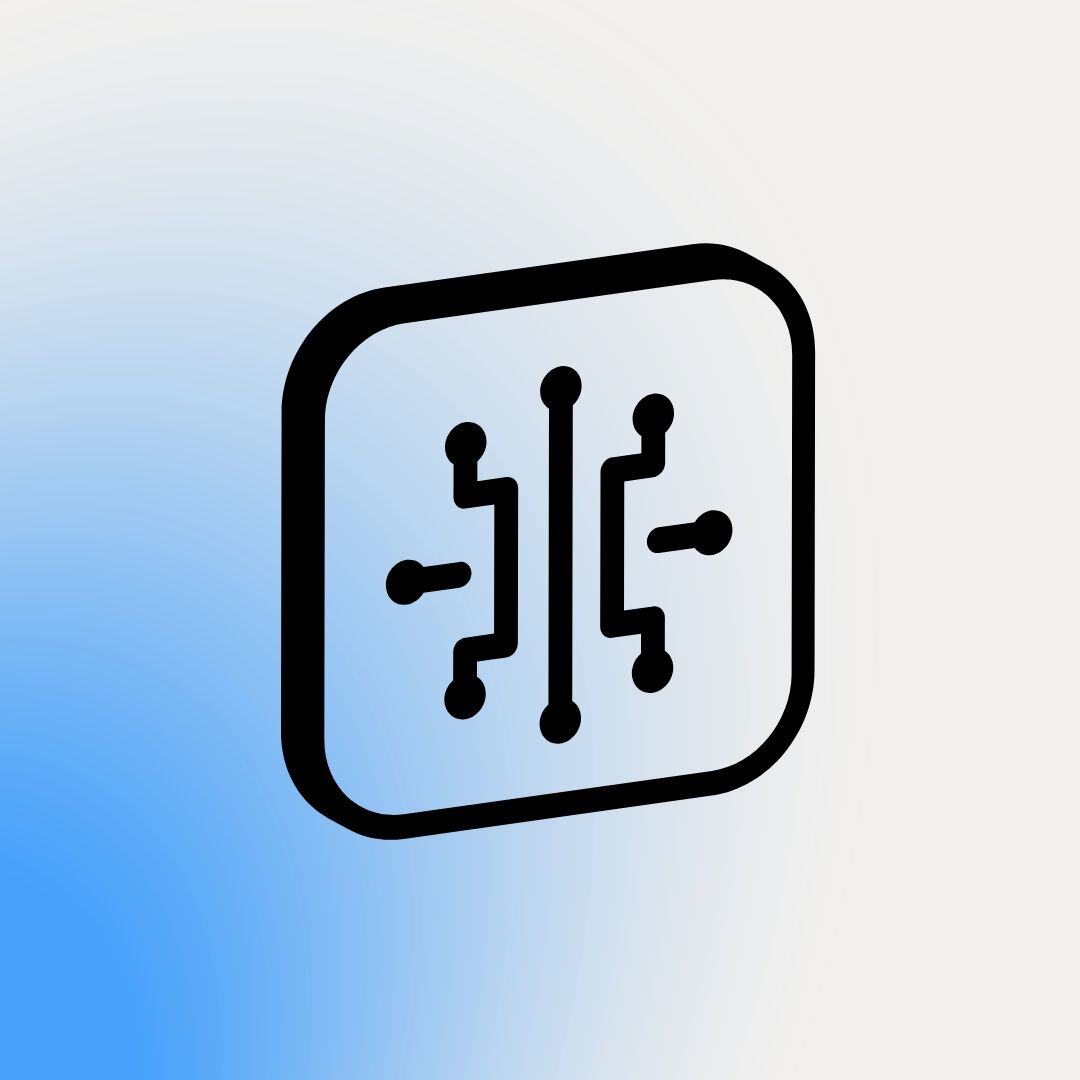
Infrastructure as Code on AWS
Automate your IT operations and deployments on AWS

Automate Your Deployments & Reduce Operational Burden
Manually performing repetitive provisioning tasks increases delivery time as well as the odds of potential errors, which may introduce instability or security concerns. You can eliminate these problems with Infrastructure as Code (IaC), while also improving “time to live” and operational consistency.
With Mission, you get access to an AWS Premier Tier Services Partner and DevOps Competency Partner to help you create, manage and optimize your IaC infrastructure. We help you to build an efficient and predictable pipeline for deployments, improve your quality control, security, testing, and recover faster from incidents.
We treat IaC as one part of a holistic strategy for operations and will help you identify areas for automation in your AWS environment as well as developing well-written IaC templates.
Deliver With Ease
Visibility
An infrastructure as code template is an explicit reference of what resources are in your environment and their settings. You don’t have to navigate the web console to check the parameters.
Stability
IaC prevents accidental changes and misconfiguration of resources. When combined with version control, such as Git, you get a clear, auditable record of deployments and configurations over time.
Consistency and Repeatability
With IaC, you can write your deployment once and reuse it many times. One well-written template can be used for many services in multiple regions worldwide, making it a powerful tool for scaling.
Security
IaC provides a unified template for deploying your architecture. You can build one well-secured architecture and reuse it across your environment, knowing that each deployed version maintains the same security guarantees.
Continuous Consultation to Build an Automated Cloud Environment
-
Version Control
Like any other piece of code, IaC templates can be versioned using systems like Git. This allows teams to track changes, maintain historical records, and roll back to previous infrastructure states if needed.
-
Consistency
By defining infrastructure in code, you ensure that every deployment is consistent. This leads to fewer discrepancies between development, staging, and production environments and reduces environment-specific bugs and related issues.
-
Automation
IaC allows for the automation of infrastructure provisioning and management. This translates to faster deployment times, repeatability, fewer errors, and less manual effort.
-
Documentation
With IaC the code itself acts as a form of documentation. Anyone reviewing the template can see the infrastructure's topology, configurations, and relationships.
-
Modularity and Reusability
IaC templates can be modular across resource types to promote reusability. Templates, in one sense, are your way of defining localized best practices and using them consistently.
-
Cost Efficiency
Because IaC automates the provisioning and termination of resources, you can rapidly spin up resources when needed and destroy them when no longer in use, increasing cost efficiency.
-
Integration with CI/CD
IaC is ideally integrated into Continuous Integration/Continuous Deployment pipelines so that infrastructure changes can be tested and deployed automatically alongside application code.
-
Safety and Recovery
If something goes wrong, IaC templates can help recover infrastructure state or allow you to roll back to a version of the infrastructure that was previously working.
“With Mission, we found a true partner. Mission’s team did an excellent job of coaching us to ensure our project’s success at all levels, from understanding details at the code level to bringing expertise about the specific AWS tools and services that would support our larger goals. Any company considering working with Mission should absolutely do it.”
What is Infrastructure as Code (IaC)
IaC is a method of managing and provisioning IT infrastructure through machine-readable definition files or scripts, rather than traditional interactive configuration tools. This type of management is contrasted with managing resources using AWS’s web console for instance. While the web console can be useful when getting started and for small projects, it will quickly become unwieldy for projects which need to rapidly scale, maintain certain guarantees of consistency, or track configuration and infrastructure state and changes over time.
What are the main AWS services for IaC?
AWS provides AWS CloudFormation as its native IaC service. There's also AWS CDK (Cloud Development Kit) which allows you to define cloud resources using familiar programming languages. We also commonly work with Terraform, from HashiCorp, for developing IaC templates. A particular templating language or style is less important than the choice to institute IaC itself, but we can help you select between these approaches if you are debating several.
Why is IaC often mentioned as a security benefit? What does it change about my security?
IaC can enhance security by standardizing configurations and ensuring every resource is provisioned with security best practices. It’s worth noting, though, that IaC itself doesn’t automatically confer more security—a badly configured resource will be vulnerable even if it can be deployed quickly and consistently with IaC. While IaC creates repeatability, consistency, and auditability, which are critical dimensions of security, IaC templates need to be well-written and designed with these best practices in mind to yield their full security benefits and should be well integrated with your overall security strategy.
What are the cost implications of implementing IaC on my environment?
IaC in general will make you more operationally efficient, which can lead to greater environmental efficiency and improve your team’s speed and efficiency. And in the case where you need to quickly scale in or out, IaC is a great opportunity to efficiently launch and turn off resources on an as-needed basis, which can yield major cost savings. So IaC is not purely about time savings or overhead and can materially impact your AWS bill as well.
How do I know if I’m a good candidate for IaC?
If you’re considering an Infrastructure as Code approach, there are a couple performance factors to consider which should move you toward adoption. If you are operating a large-scale application, or one that frequently needs to change to accommodate temporary resources, an IaC approach can be a major asset. If you have compliance benchmarks to meet, IaC can offer major advantages in terms of generating documentation and auditability. If high availability or disaster recovery are priorities, IaC will offer fundamental improvements to both and is one of the most common approaches we recommend when trying to achieve specific targets there.

Get in touch
Schedule a Call With a Cloud Advisor Today
Learn how Mission can help automate your IT operations and deployments to deliver the best to your customers.



